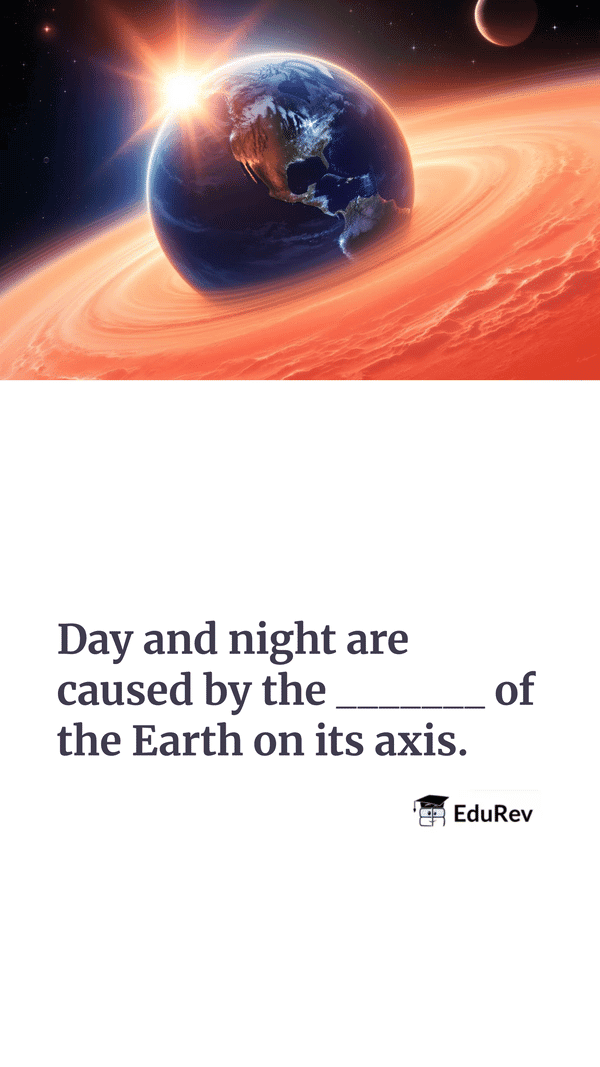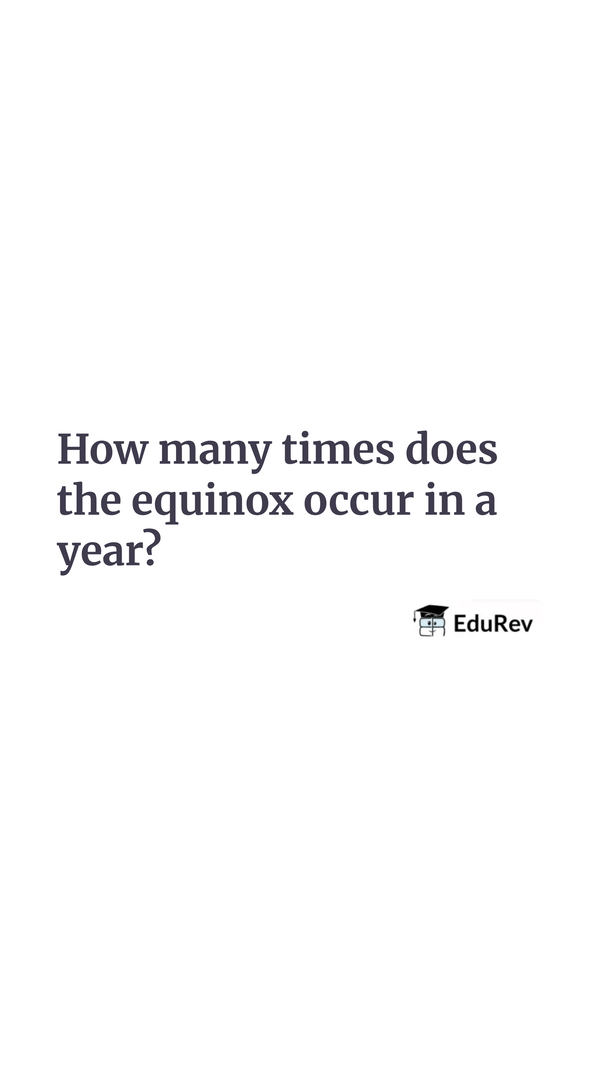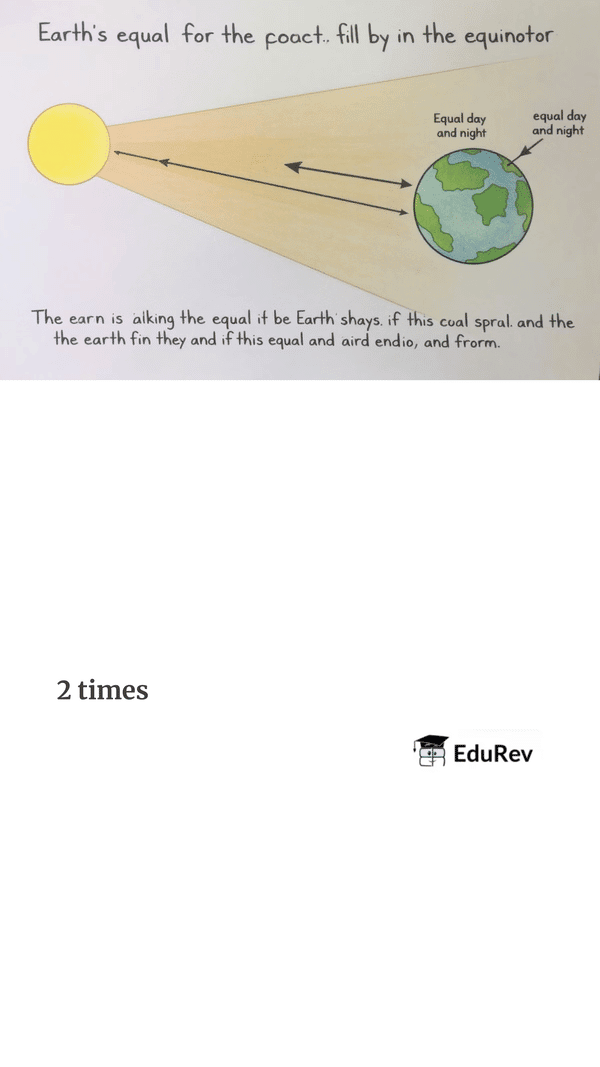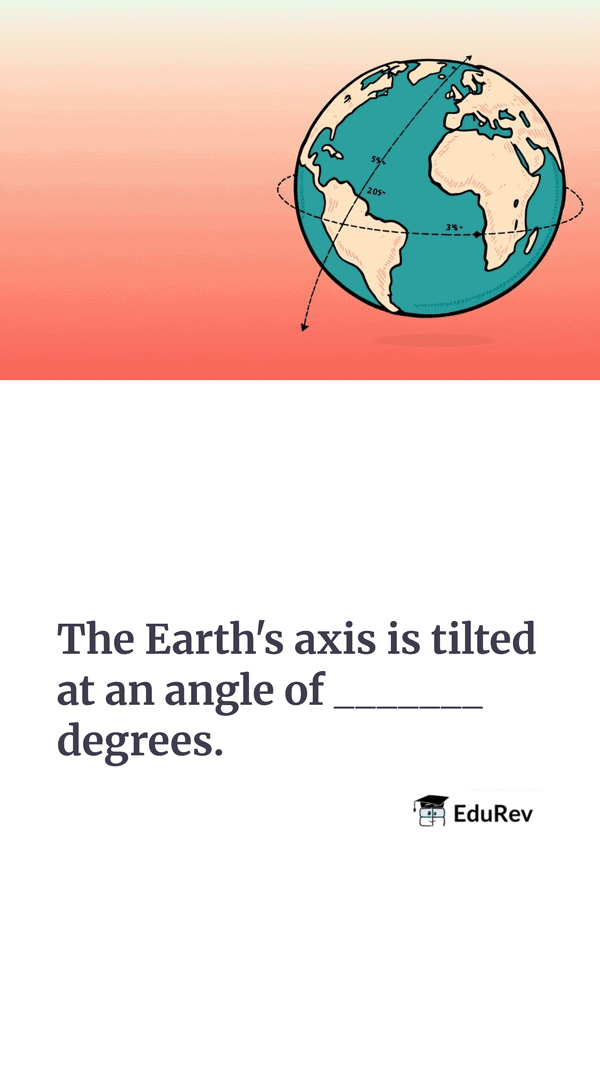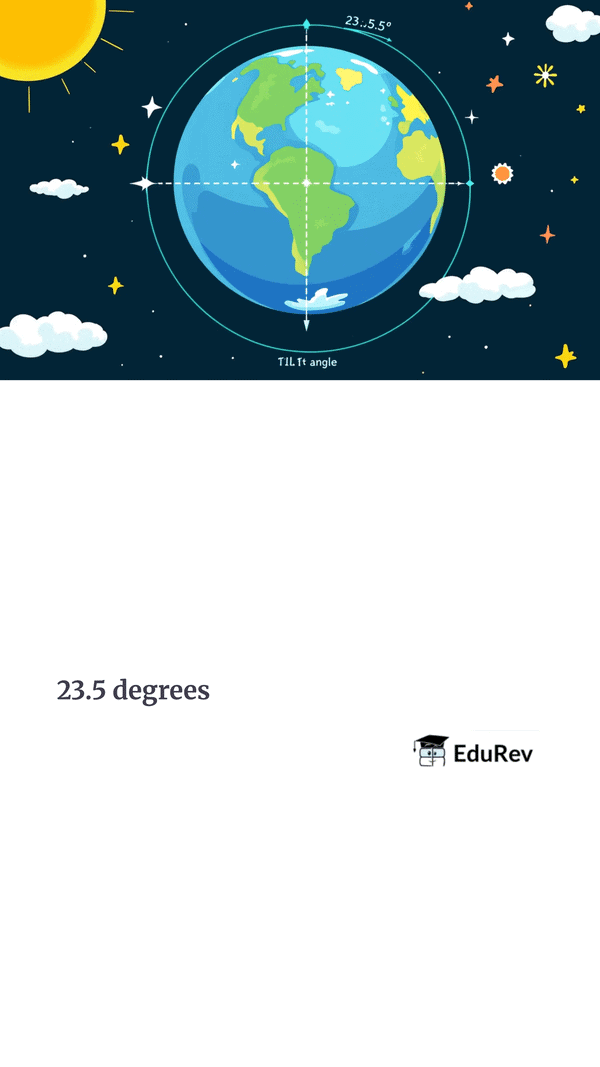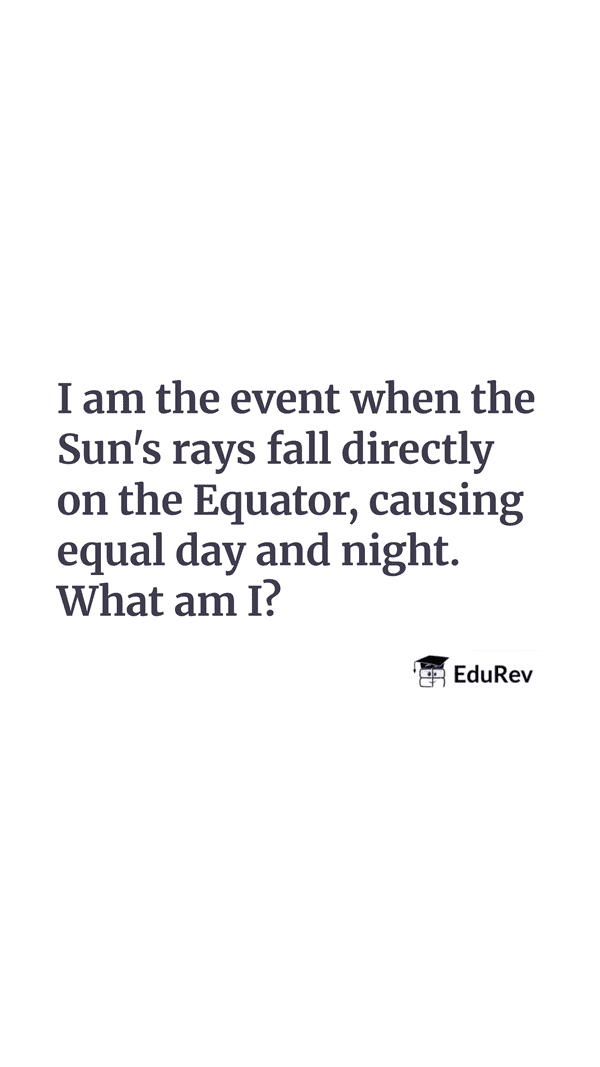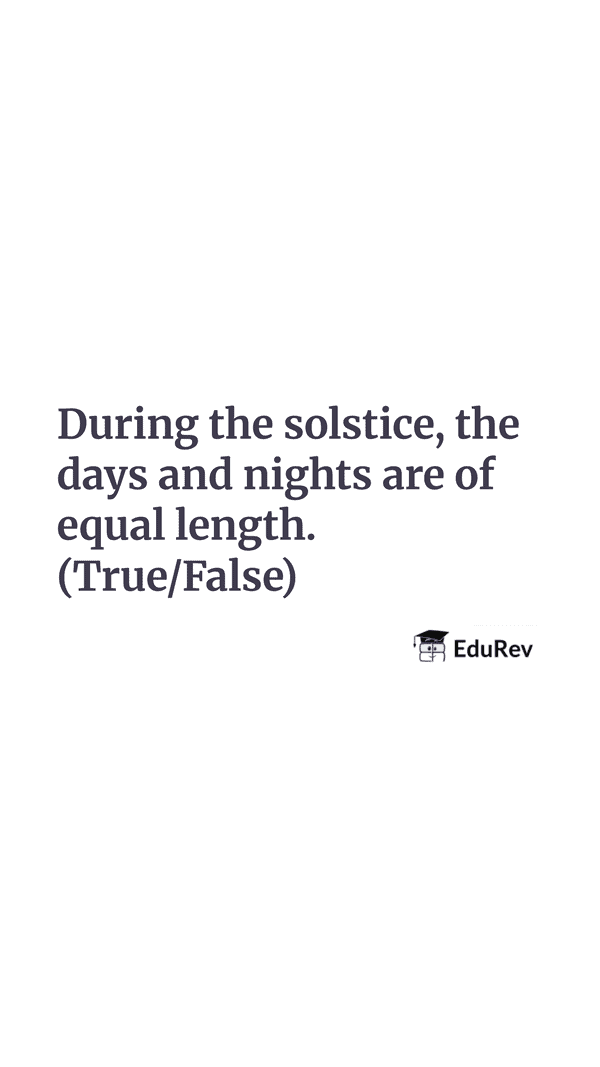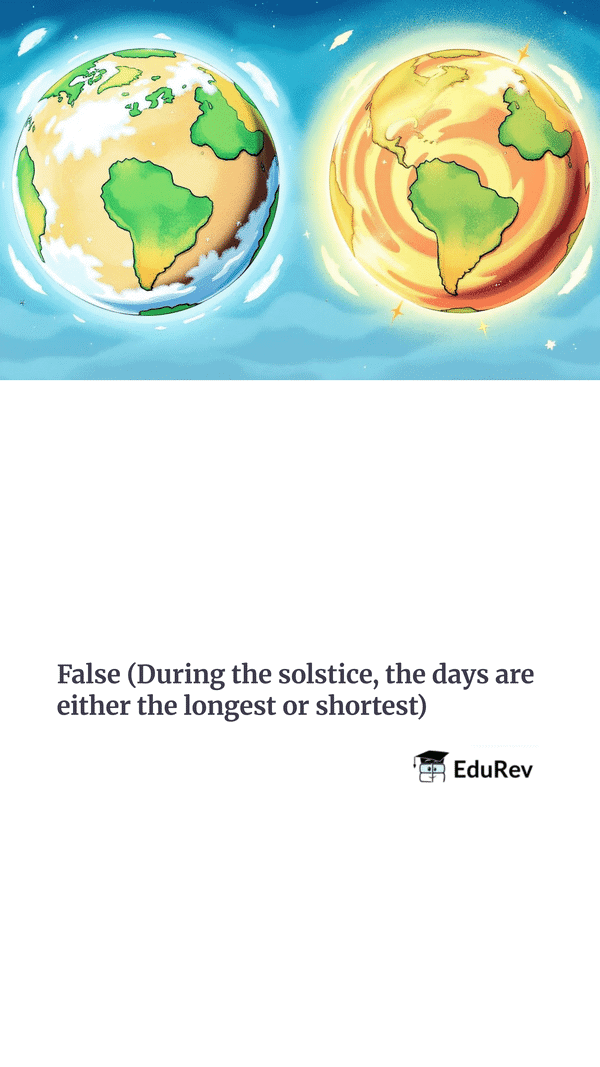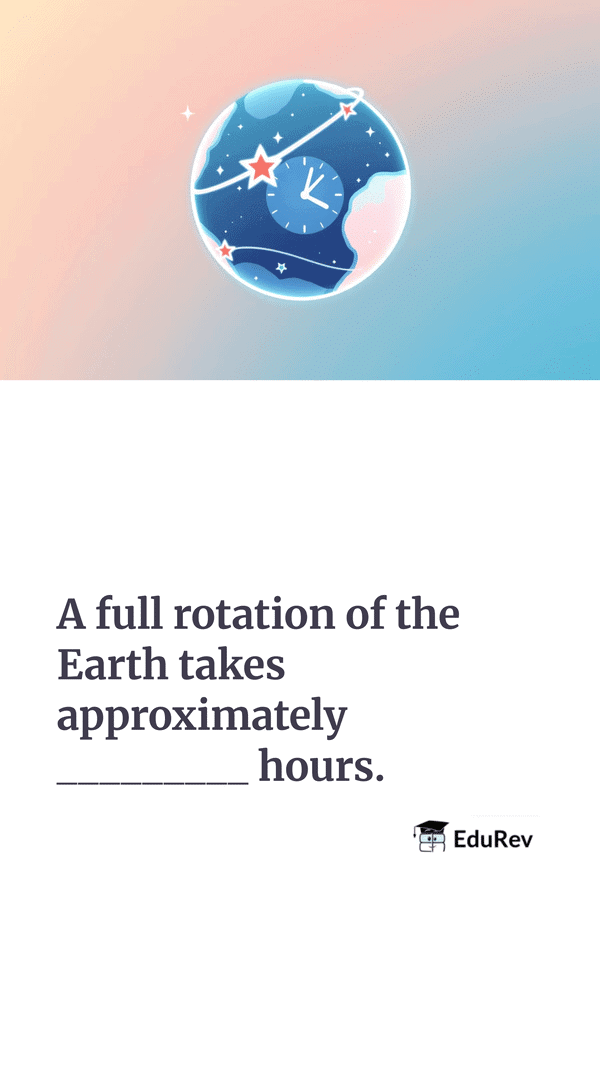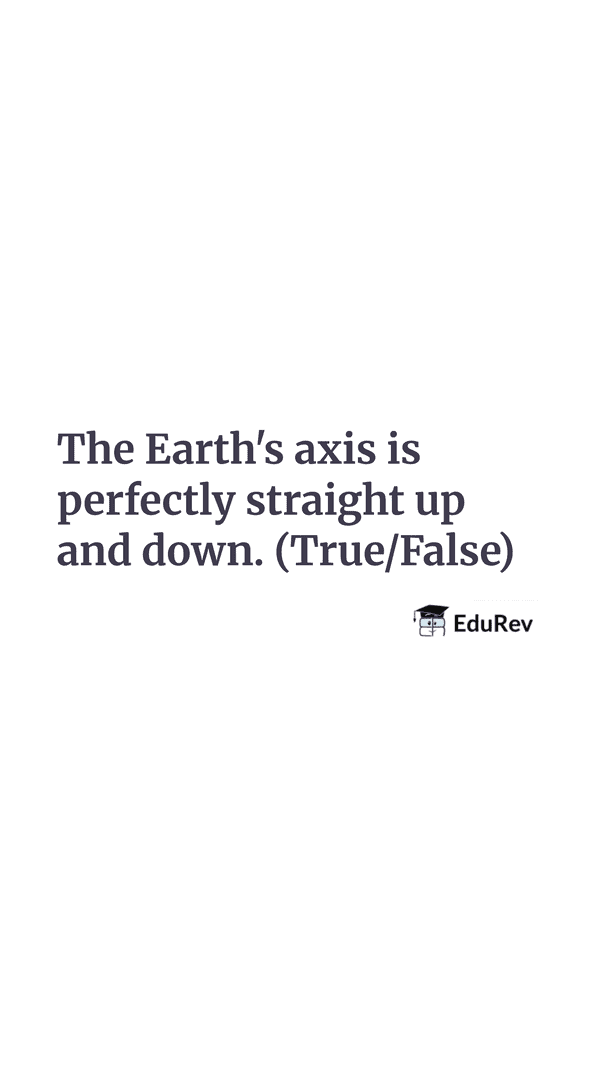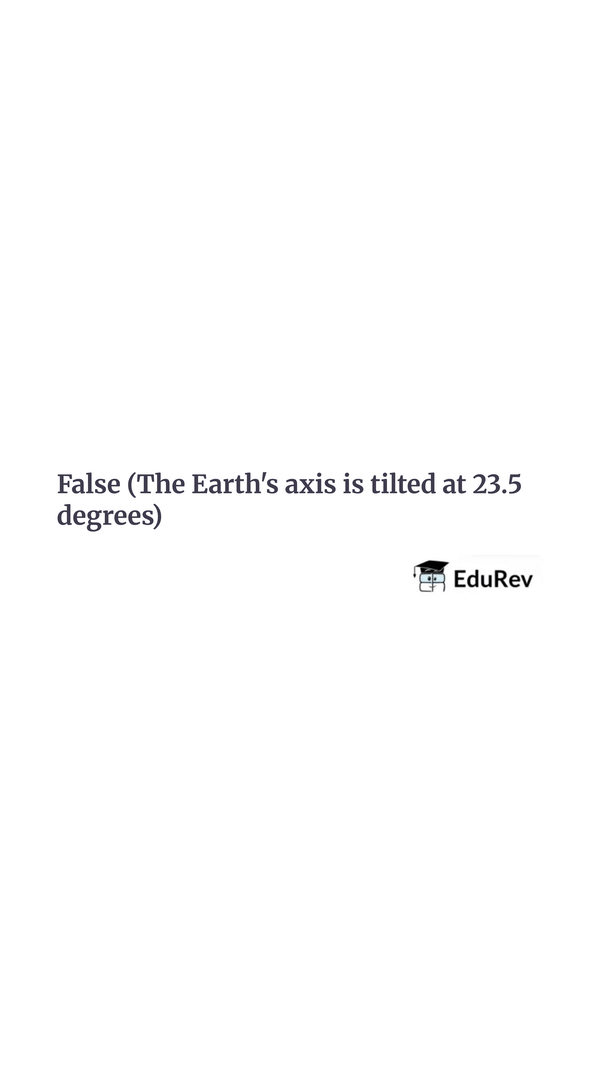 Unlock all Flashcards with EduRev Infinity Plan Starting from @ ₹99 only
|
Class 1 Exam > General Knowledge for Young Learners > Flashcards: What Causes Day and Night
|
64 videos|153 docs|40 tests
|
FAQs on Flashcards: What Causes Day and Night Flashcard - General Knowledge for Young Learners - Class 1
| 1. What is the primary reason we experience day and night on Earth? |  |
Ans. The primary reason we experience day and night on Earth is the rotation of the Earth on its axis. As the Earth spins, different parts of the planet are exposed to sunlight, creating the cycle of day and night. When one side of the Earth faces the sun, it experiences daytime, while the opposite side is in shadow and experiences nighttime.
| 2. How long does it take for the Earth to complete one rotation? |  |
Ans. It takes approximately 24 hours for the Earth to complete one full rotation on its axis. This period is what defines a day. However, the exact time is about 23 hours, 56 minutes, and 4 seconds, known as a sidereal day, but we typically refer to it as 24 hours for convenience.
| 3. Does the tilt of the Earth's axis affect day and night? |  |
Ans. Yes, the tilt of the Earth's axis does affect the length of day and night, particularly throughout the year. The tilt causes different seasons and variations in daylight hours. For example, during summer in one hemisphere, the days are longer, while in winter, the nights are longer due to the angle at which sunlight strikes the Earth.
| 4. Why do some places experience longer days or nights, like in polar regions? |  |
Ans. In polar regions, during certain times of the year, the tilt of the Earth's axis causes phenomena known as the Midnight Sun and Polar Night. Around the summer solstice, areas within the Arctic Circle experience continuous daylight for 24 hours, while during the winter solstice, they may have extended periods of darkness, leading to longer days or nights compared to other regions.
| 5. Can the Earth's rotation speed change, and what would that mean for day and night? |  |
Ans. Yes, the Earth's rotation speed can change slightly due to various factors, including gravitational interactions with the moon and other celestial bodies, as well as geological activity. If the rotation speed were to slow down, days would become longer, while a faster rotation would shorten the length of a day. However, these changes occur very gradually over long periods.
Related Searches




